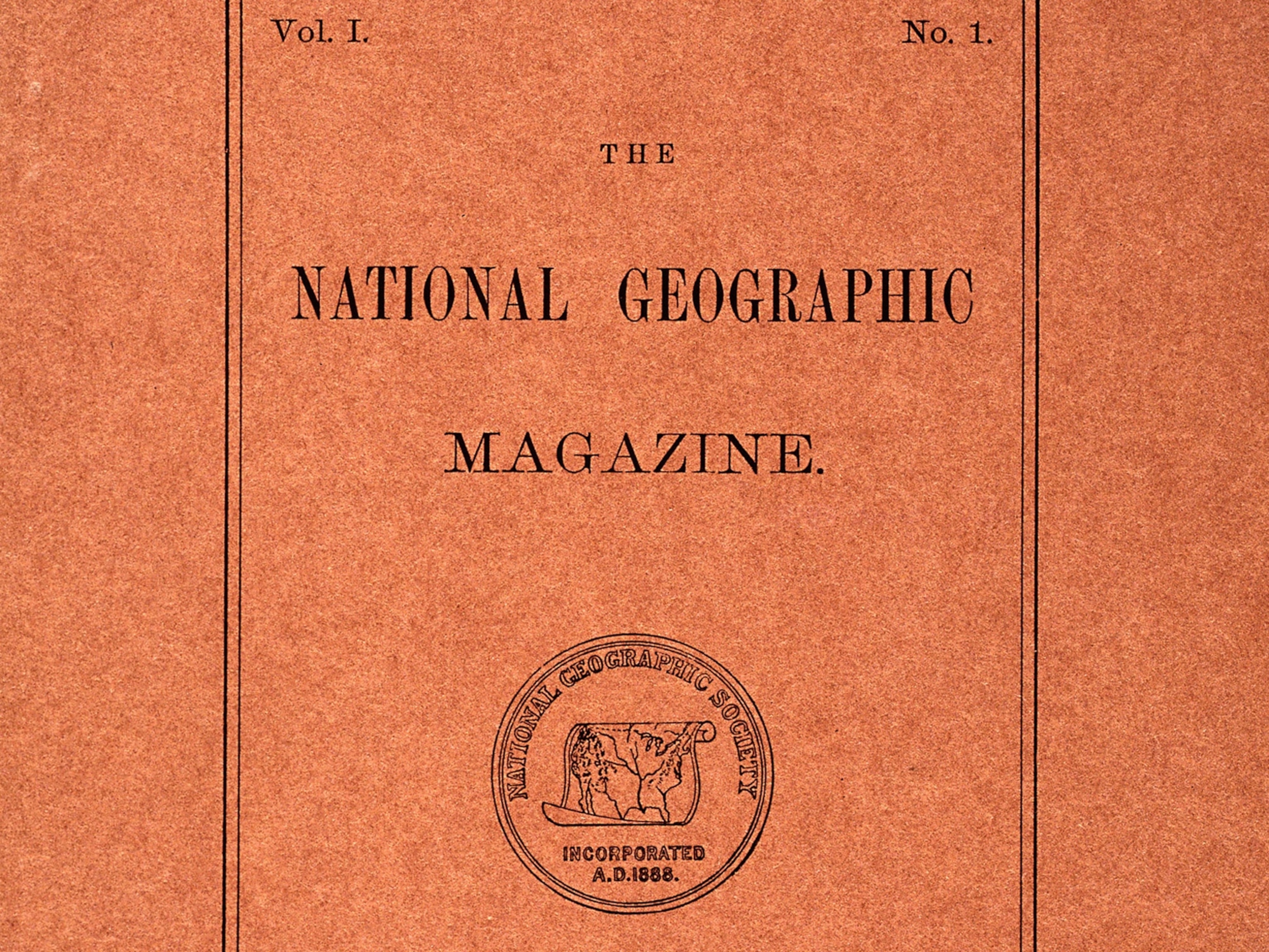Diver "Vanishes" in Portal to Maya Underworld
An explorer "disappears" into the floor of a pool sacred to the ancient Maya, and divers find the first known fossils in Belize. Video.
Diving into natural pools in Belize in the quest for offerings from the ancient Maya, explorers found what's believed to be the country's first recorded fossilized remains. In the course of the expedition, one diver "disappeared" into the pool's floor.
© 2010 National Geographic; Videographer: Marty O'Farrell
RELATED
Portal to Maya Underworld Found in Mexico?
Belize Facts, Pictures, Map, More
UNEDITED TRANSCRIPT
Why is this diver burrowing into the bottom of this mini-lake? She’s literally disappearing into the sand and gravel of the water’s floor. Only debris and the occasional bubbles from her breathing tank are visible.
She’s part of a project, largely funded by National Geographic, to dive into the sacred pools of the ancient Maya.
SOUNDBITE: Patricia Beddows, Northwestern University, Hydrologist & Geochemist: “Our exploration team discovered this upwelling. It’s an underwater spring upwelling. And it provides this magical experience because it’s located at the bottom of a very large crater. And you can come down, down, down, down into this large crater, and in the bottom is this boiling mass of sediment that’s actually being rolled and boiled. It’s almost like a natural lava lamp. Went in over the lip of the crater, descended down into the bottom, and I didn’t want to have any interference with the water already in the pool. And so it required a little bit of digging, and frankly it was extremely low visibility down there but below the actual base of sediment, there’s about one and a half meters more space. The water coming out of the bottom of this spring, is chemically quite distinct from the water in the pool."
But this is just the beginning. The dives also revealed clues to past life here, and a first for the country of Belize.
Scientists discovered several fossil beds around 60-to-90 feet below the surface, including femur bones the size of a bowling ball. They also found tusks and pelvic bones. These are the first recorded fossils ever found in Belize.
SOUNDBITE: Lisa Lucero, Archaeologist & Project Leader, University of Illinois at Urbana-Champaign: “We left those in place. We only removed a few small fossils so we can determine, are they fossilized? Or bone? They are definitely fossilized, so we know they have to be of a certain age. But were they here , were these megafauna present during occupation by humans 20,000, 15,000 years ago? Or are they much older?”
The dives were made in several pools in central Belize earlier this year in an area known as Cara Blanca. The researchers found evidence that the eight pools of the 25 they studied are likely connected through underground passages.
Principal Investigator Lisa Lucero says the major goal is to look for archaeological remains underwater.
SOUNDBITE: Lisa Lucero, Archaeologist & Project Leader, University of Illinois at Urbana-Champaign: “Because the Maya considered openings in the earth – caves, water bodies – as portals to the underworld of Xibalba. And because the thousands of caves that have been found have offerings, ancient Maya offerings , we just knew there’d be offerings at the bottom of the pool. So we came with the goal of trying to dive to look for these offerings.”
Though they didn’t find offerings on the first dives, they did find ceramic sherds in a pool near remains of Maya buildings, constructed around 1100 to 1300 years ago. Lucero says there is no indication this area had many residences, but rather was likely a pilgrimage site, with Maya traveling here from hundreds of miles away.
Because at least one of the pools was found to be around 200 feet deep, and littered with trees and silt, more sophisticated diving equipment is needed for future dives. And Lucero believes there are more significant Maya offerings at these depths.
The research is being conducted under the auspices of the Belize Institute of Archaeology, and the scientists plan to return for more exploration.





